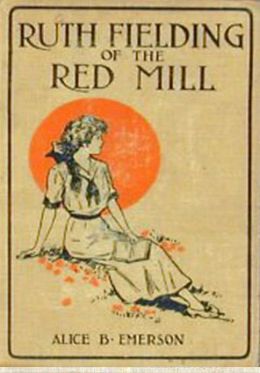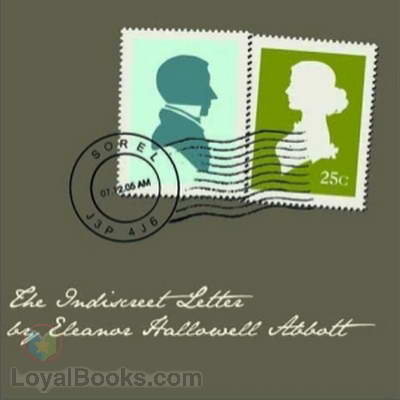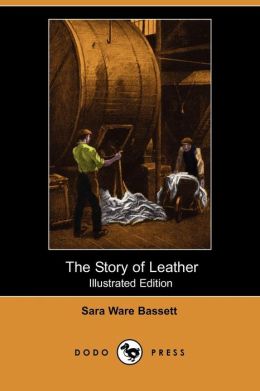Alice B. Emerson
148 pages
genre - Mystery, Young Adult
my rating - 4 out of 5 stars
 The Ruth Fielding stories is a 30 volume series that was published from 1913
through 1934. Three authors wrote the series under the pseudonym of Alice B.
Emerson. W. Bert Foster wrote books 1 - 19; Elizabeth M. Duffield Ward
wrote books 20 - 22; and Mildred A. Wirt Benson wrote books 23 -
30. Ruth Fielding of the Red Mill Or, Jasper Parloe's Secret is the first in
this series.
The Ruth Fielding stories is a 30 volume series that was published from 1913
through 1934. Three authors wrote the series under the pseudonym of Alice B.
Emerson. W. Bert Foster wrote books 1 - 19; Elizabeth M. Duffield Ward
wrote books 20 - 22; and Mildred A. Wirt Benson wrote books 23 -
30. Ruth Fielding of the Red Mill Or, Jasper Parloe's Secret is the first in
this series. Ruth Fielding reminds me of a cross between Anne Shirley and Nancy Drew. When we are introduced to Ruth, she is an orphan on a train traveling to Upper New York State to live with her miserly and dour great-uncle. Before she can arrive at the train station of her new hometown, the train stops because there is a large dog on the tracks with a lantern fixed to its collar. The dog leads the train engineer, a doctor, Ruth and a few others to his injured owner. Hmm, a mystery. Who forced the young man (who was riding a bike) off the road and down the ravine?
In my opinion, Ruth resembles Anne more now, but will slowly become a teenage sleuth like Nancy. This book reads a lot like "Anne of Green Gables". Ruth struggles with fitting into her new home, coming to terms with her great-uncle, catching up with her schoolwork and meets new friends. The mystery was not well defined, but she and her friends did solve a puzzle. Definitely worth reading.
About the author -
I could find very little about Foster on the internet.
Walter Bertram Foster (1869-1929) was an American author. He wrote several books for the Stratemeyer Syndicate including for the Clint Webb, Ralph of the Railroad, Campfire Girls, and the Radio Girls series. He also wrote for several magazines including: The Argosy, Western Story Magazine, Tiptop Semi-Monthly, The All-Story Magazine, The Popular Magazine and others.





